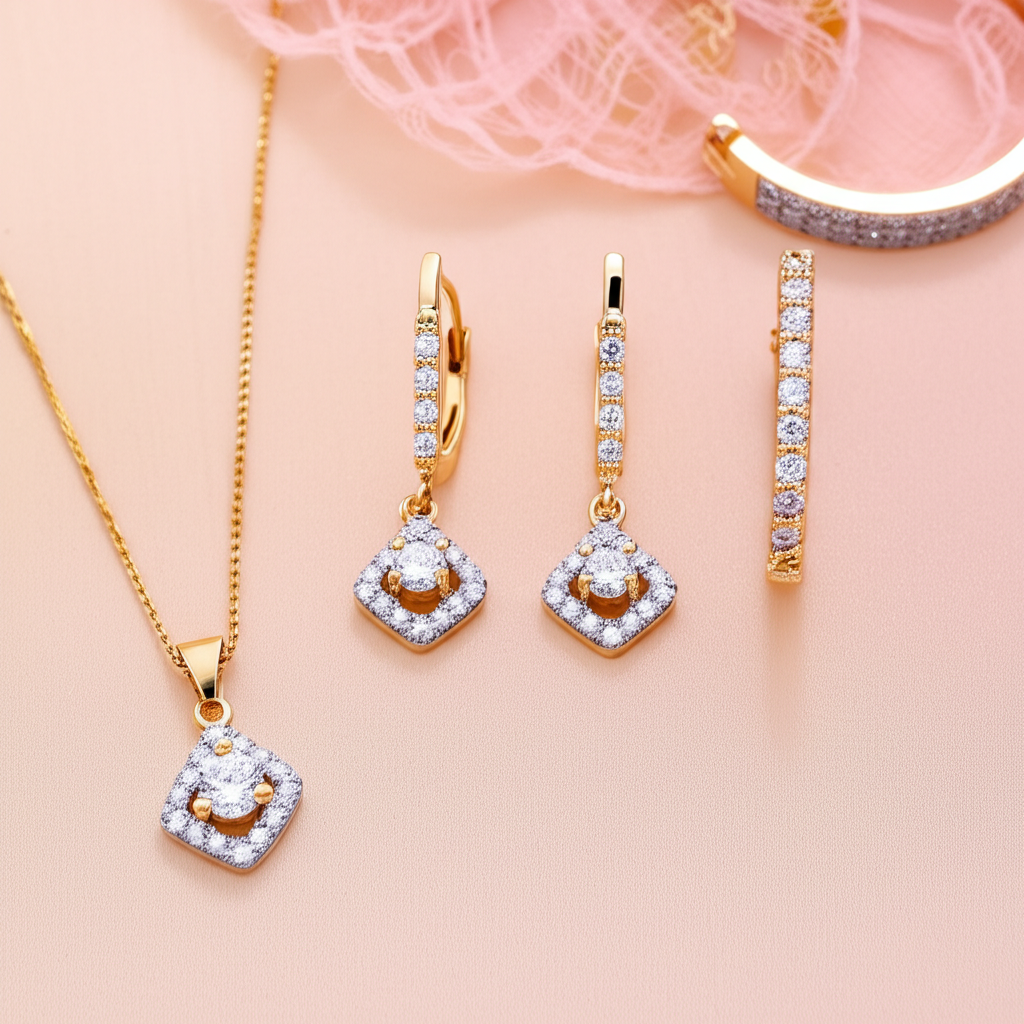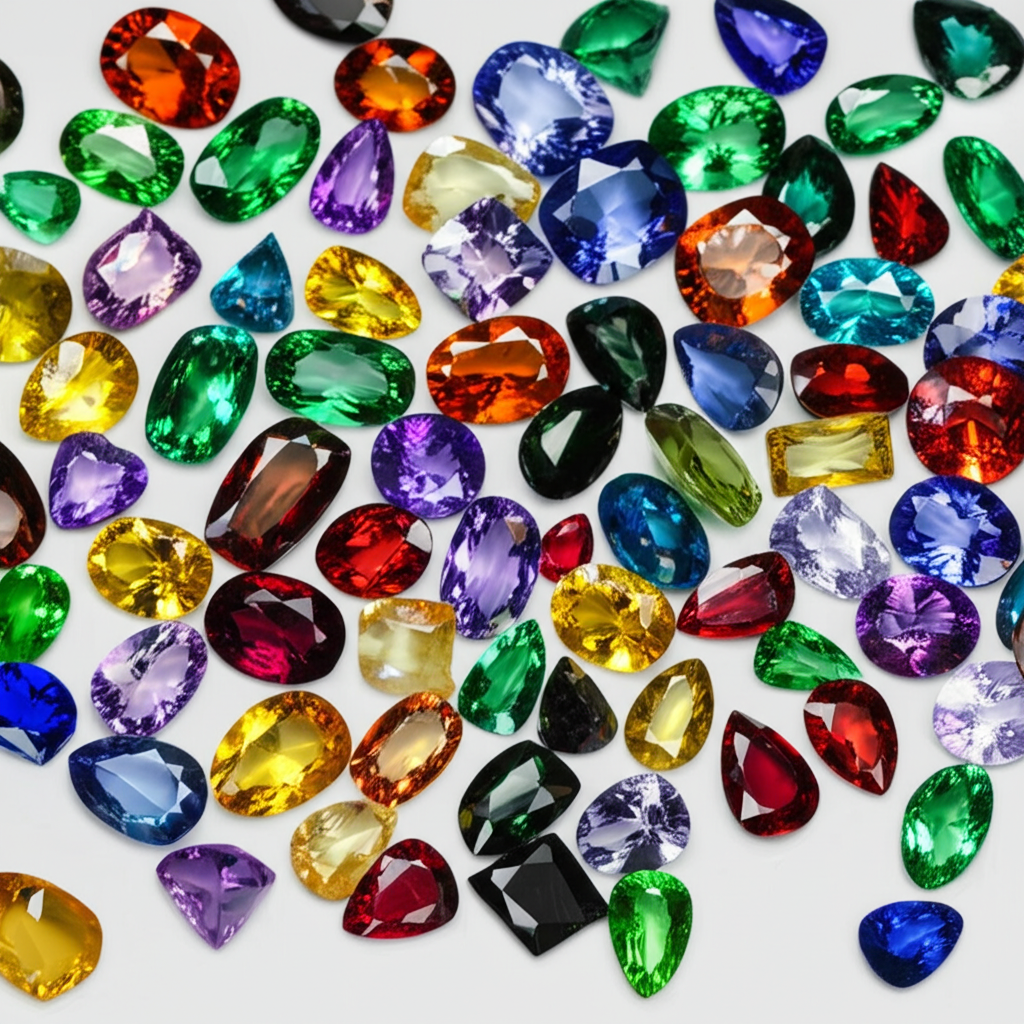Precious Materials
Explore the precious metals and materials that have been treasured for centuries in jewelry making.

Gold has been treasured for its natural beauty and luster since ancient times. Its remarkable malleability and resistance to tarnish make it ideal for jewelry creation across cultures and eras.

Silver has been used for jewelry and ornamentation for thousands of years. Its bright white luster and excellent workability have made it a favorite among jewelers and artisans throughout history.

Platinum is one of the rarest precious metals, known for its exceptional durability and natural white color. Its resistance to tarnish and wear makes it perfect for fine jewelry that lasts generations.

From diamonds to emeralds, rubies to sapphires, gemstones add color, brilliance, and value to jewelry. Each type has unique properties, origins, and symbolic meanings.

Pearls are unique among gemstones as they're formed within living creatures. Their soft luster and organic origin have made them symbols of purity and elegance throughout history.
Understanding Precious Metals
What Makes a Metal Precious?
Precious metals are rare, naturally occurring metallic elements that have high economic value. They are distinguished from base metals by their:
- Rarity in the Earth's crust
- Resistance to corrosion and oxidation
- Lustrous appearance
- Malleability and ductility
- Historical use as currency or store of value
Purity Measurements
The purity of precious metals is measured using different systems:
- Karats: Used for gold, with 24 karat being pure gold (99.9%)
- Fineness: Expressed in parts per 1,000 (e.g., 925 silver is 92.5% pure)
- Millesimal fineness: Similar to fineness but expressed in parts per 1,000
- Sterling standard: Specifically for silver, indicating 92.5% purity
Hallmarking: Ensuring Authenticity
Hallmarking is the official marking or series of marks applied to precious metal items to certify their purity. The practice dates back to the 14th century and continues to be an important consumer protection measure today.
Standard Marks
Indicates the purity of the metal, such as 925 for sterling silver or 750 for 18K gold.
Maker's Marks
Identifies the manufacturer or company responsible for producing the item.
Assay Office Marks
Indicates which office tested and marked the piece, often represented by a symbol.
